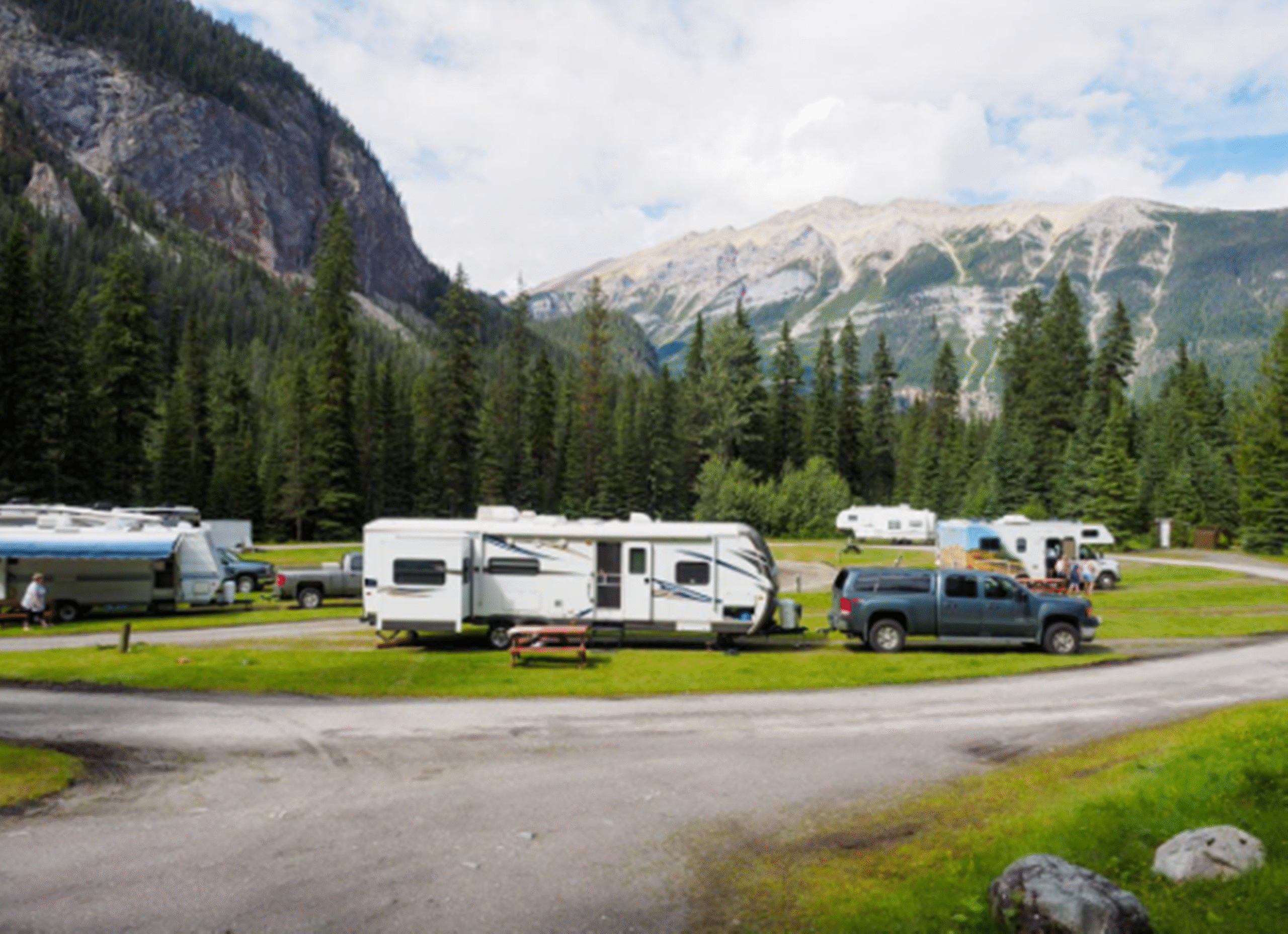Buying a used trailer feels like solving a puzzle. You want to find that perfect balance between affordability and reliability, but where do you even begin? The secret lies in knowing exactly what to look for during your inspection.
Think of it this way: spending an hour examining a trailer can save you hundreds or even thousands of dollars in repairs later. However, you don’t need to be a mechanic to spot the most important warning signs. With the right checklist, you can confidently evaluate any used trailer and make a smart purchase decision.
Here are the four essential areas that deserve your closest attention.
Check the Frame and Structure of the Trailer for Sale
The frame serves as the strength of your trailers for sale, so this inspection deserves your full attention. Walk around the entire perimeter and look for obvious signs of damage like bent metal, cracks, or rust spots that have eaten through the steel.
Pay special attention to the tongue area where the trailer connects to your vehicle. This section handles enormous stress during towing, and any weakness here could lead to catastrophic failure. Run your hands along the welds to check for cracks or separations.
Examine the Suspension and Axles
A trailer’s suspension system determines how smoothly your cargo rides down the road. Do a visual inspection of the leaf springs, looking for broken or cracked leaves. Each spring should have a gentle curve without any flat spots or sharp angles.
Check the shackles and bushings that connect the springs to the frame. These components should move freely without excessive play or squeaking sounds. Worn bushings create a sloppy, unstable ride that gets worse over time.
Inspect the Electrical System and Lights
Electrical problems cause more roadside headaches than almost any other trailer issue. Start with the connector that plugs into your vehicle. The pins should be clean, straight, and free from corrosion. Green buildup around the connections signals water damage that could affect the entire system.
Test every light function while someone operates the controls:
- Turn signals (both left and right)
- Brake lights
- Running lights
- Hazard flashers
Don’t just check that the lights turn on. Make sure they’re bright and consistent. Dim or flickering lights often indicate wiring problems that could leave you stranded or facing traffic citations.
Evaluate the Tires and Wheels
Tires tell stories about how a trailer has been used and maintained. Look for even wear patterns across the tread surface. Excessive wear on one side suggests alignment problems or damaged suspension components.
Check the sidewalls for cracks, bulges, or weather checking. These signs indicate the tires are aging and could fail without warning. Even if the tread looks good, tires older than six years should be replaced regardless of their appearance.
The wheels deserve attention too. Steel wheels should be free from rust and dents, while aluminum wheels shouldn’t have cracks around the bolt holes. Loose or missing lug nuts are obvious red flags that suggest poor maintenance.
